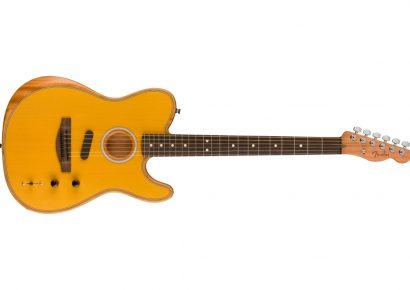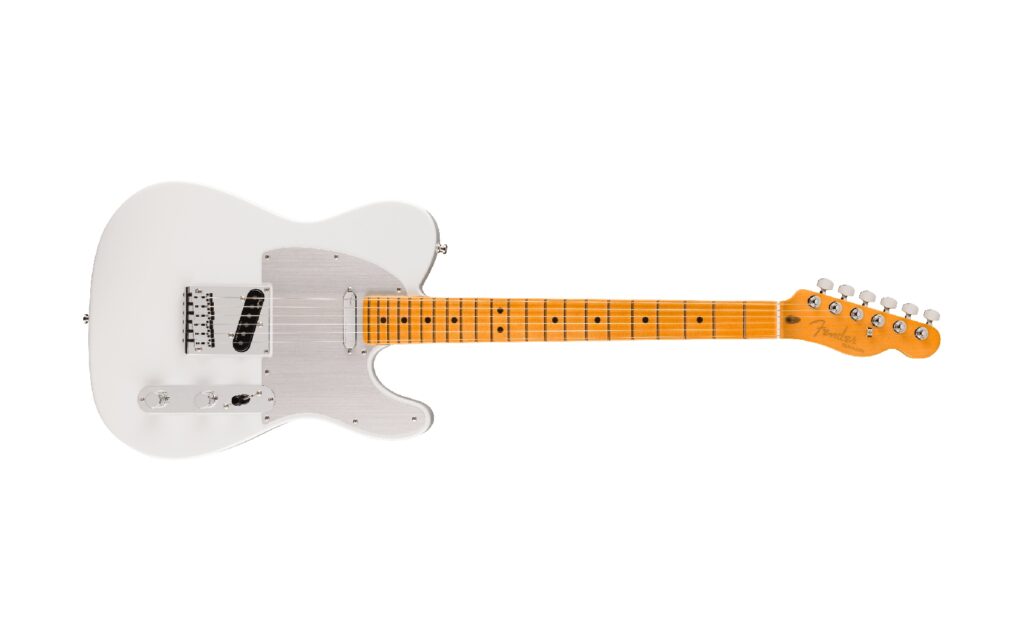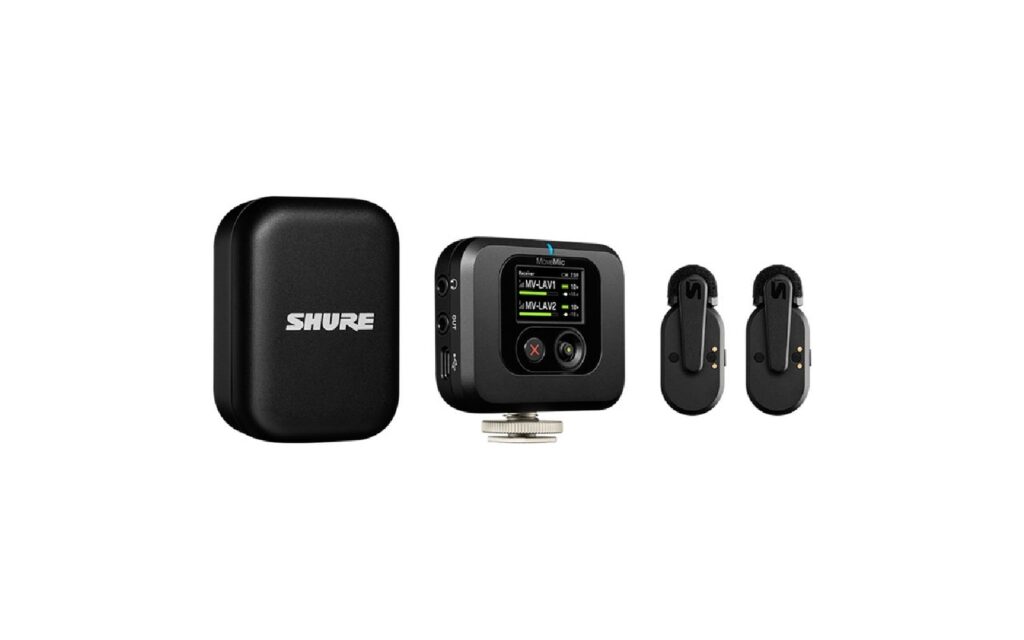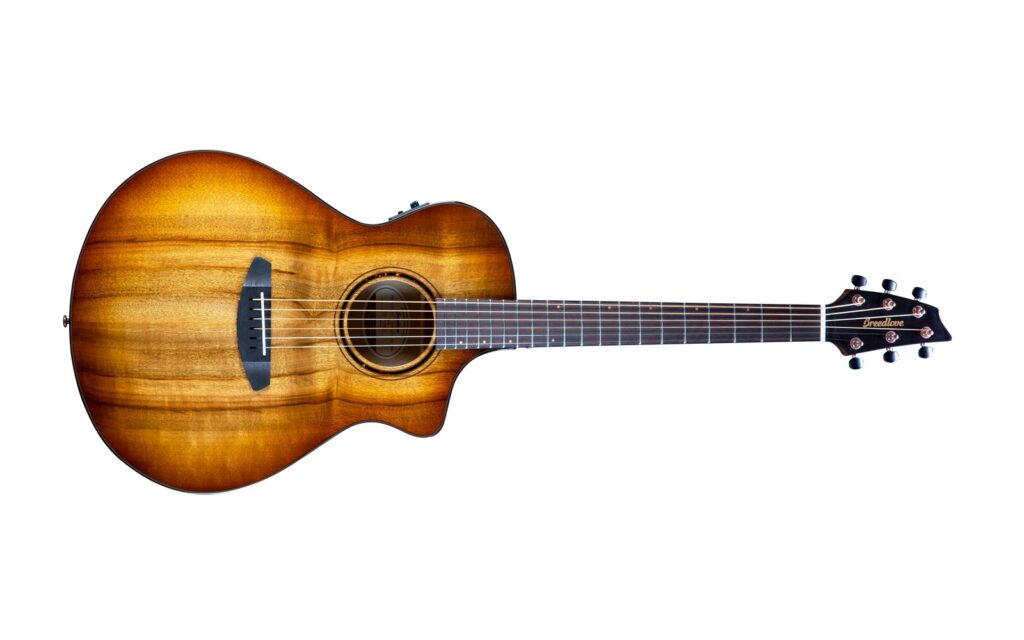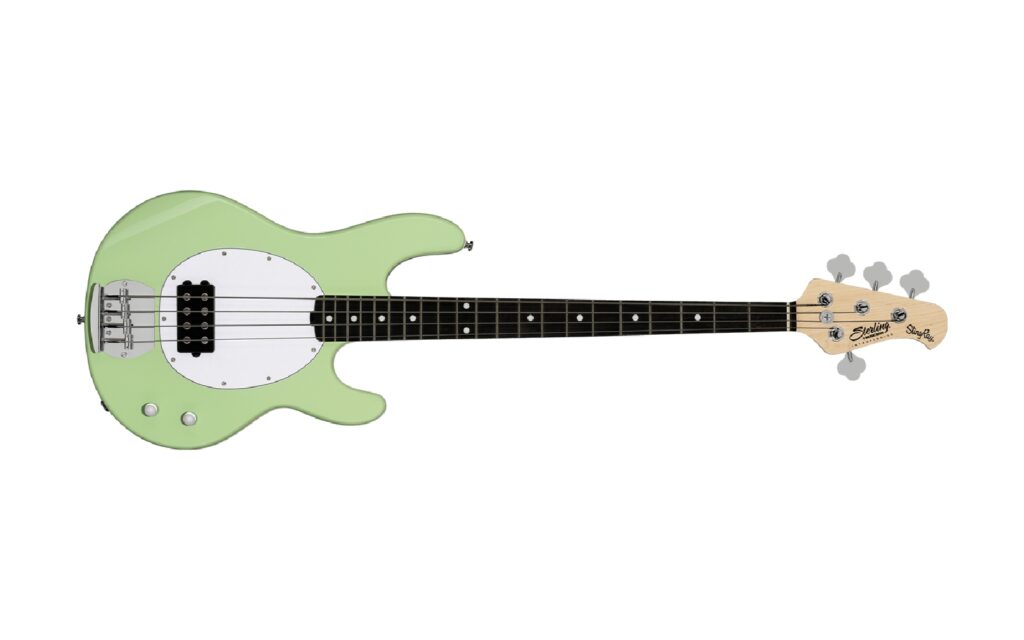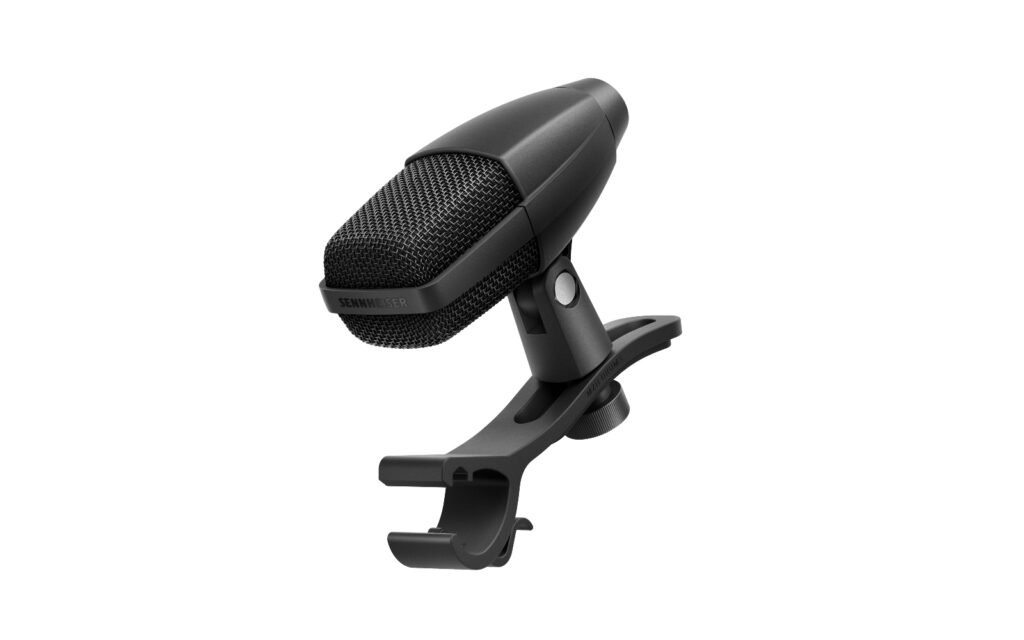RØDE | Enquire for pricing
The RØDE VideoMic series first came to prominence right around the same time the broader content industry made the switch to portable DSLR’s roughly 15 years ago.
These versatile, multi-purpose cameras offered a more cinematic image in a considerably more compact footprint than their full sized predecessors, in turn making video production that much more agile on-set. But it wasn’t all smooth sailing for the new camera technology, easily their weakest point was the crudely simplistic built-in microphones that came stock on most models, thus resulting in video productions that looked a million bucks, but sounded akin to something from the two dollar shop.
Catch up on all the latest music gear reviews here.
The RØDE VideoMic series was born to solve this problem, serving as the perfect aftermarket accessory for bringing the audio quality up to the standards we see onscreen. As a product line, the VideoMic series has set the standards for everything that has come since in regards to microphones in the DSLR Camera domain.
At the other end of the evolutionary tree is RØDE’s other well known product line, the highly touted NTG series, which is a series of affordable and high quality shotgun microphones primarily aimed at the professional film and broadcast markets, a market which it has absolutely succeeded in tapping into and making its presence felt.
It’s from the combination of these two disparate product lines that we have the new VideoMic NTG, a directional condenser shotgun made to improve any compact camera’s audio capturing capability.
Right out of the box, you’ll notice the VideoMic NTG’s feather-light weight of just 94 grams. When it’s most likely to live on your camera this is important and means the shock mounts that hold it stable don’t have to work as hard, ensuring longevity as well as ease of use. A sliding rail allows you to manoeuvre the mic exactly where you need it, saving any contact from looking through a viewfinder and having to mount it on a cage. It achieves this through utilising ‘aerospace-grade aluminium’, so if you were already impressed at the quality you’re getting for the price tag, hold onto your socks cause this mic is stratosphere ready.
In contrast to RØDE’s bi-directional offerings, which are most suitable for field/atmospheric recordings and ASMR, the VideoMic NTG is suited to talent presenting to camera or events-style work. The super-cardioid polarity is ideal for on-camera use, as so much of the magic of video production is inserting a viewer into a scene and hiding the seams of production (with meta film-making or documentary being the exceptions). Inside the mic is the same acoustic design as the NTG5 microphone, offered in a shorter, more portable tube. The foundation of this design is a pressure gradient electret condenser, capturing a frequency range from 30Hz through to 18KHz in 24-bit quality. The shock mount keeps the mic stable and intelligent electronics keep the self-noise to a minimum. It’s a mic ready for shooting run and gun style and this is further exemplified through its audio shaping features.
The low end of the frequency response has been rolled off at 18Hz to reduce muddy sub frequencies and a switchable 75Hz or 150Hz high pass filter can be used in gusty conditions to minimise wind-rumble. There’s also a high shelf boost to increase detail for intricate natural sounds or to balance out the effect of a dead-cat or blimp shield. Variable gain control allows you to dial in the perfect raw signal before the audio hits your camera’s sometimes noisy pre-amp, and if you happen to leave too little headroom and your audio distorts (the small peak LED will flash to let you know if you don’t hear it), there’s a safety channel recording at a -20dB lower gain to save the day. All these features are simple to engage using the buttons to select the filter or pad options (or any combination of these) you need, it’s slick and easy; more reminiscent of tech devices than traditional audio equipment.
You can avoid messing around with pesky adapters as the VideoMic NTG automatically senses whether it’s connected to the TRS input of a camera or the TRRS input of a phone or tablet. Beyond these applications, it can also function as a USB mic, connecting directly to your computer via a USB-C port. Multiple functions allow it to sit well within the variable workflow of a modern content creator.
Through the USB-C connection, the VideoMic NTG is compatible with RØDE Connect, their free podcasting and streaming software. The software is basically built for creators, acting as a digital mixer that enables recording and streaming of audio captured with RØDE microphones alongside allowing computer audio such as music and sound effects to be thrown in the mix. This capability further enhances the range of uses for this versatile microphone and means it can be used for both on location, and in the studio audio capture.
Furthermore, RØDE has released more accessories to further expand the capabilities for content creators. The DCS-1 Dual Cold Shoe Mount is for mounting two microphones or cold shoe accessories onto a device with a single cold shoe. The SC11 Y-Splitter Cable can connect two mono 3.5mm outputs to a single stereo 3.5mm input. The other releases include the SC10 TRRS to TRRS Cable, and the SC16 USB-C to USB-C cable. After gaining MFi certification, RØDE released the SC15 lightning cable to unlock complete compatibility with iOS devices.
We tested the RØDE VideoMic NTG with a Sony Alpha series mirrorless camera. After connecting it to the TRS input and ensuring the internal gain was set to its minimum, capturing clean, detailed audio was a breeze. It was easy to adjust the settings with the top-facing buttons and gain adjustment with a simple clockwise turn. This sits in stark contrast to relying on the sub-menus of a camera or clicking noisy buttons on an external recorder. The mic’s highly directional pickup was great at reducing bleed from unwanted sources and the neutral character was a testament to its refined design. Gone are the days of accidentally running the battery flat due to forgetting to switch off the mic, as it features the handy auto-power off feature from the VideoMic Pro+. The internal battery runs for 30 hours and takes a mere two hours to reach full charge.
RØDE are famous for their video mics—they’re ubiquitous for behind-the-scenes shooters and event videographers for good reason. It’s clear when using the VideoMic NTG that they’ve come a long way. RØDE ‘s NTG series was made to compete with the industry beloved Sennheiser MKH416, and bringing this technology to an on-camera mic at such a modest cost to the user makes buying this mic for videographers a no-brainer.
Check out RØDE’s website for more information.

